The following article is once again a 3-parter but this time it explores long lenses and how they fit into my pursuit of a small and lightweight kit that covers all bases (within reason). This first part looks at the Nikkor-T 10.5cm f/4.
It will soon be two years since the first lockdown (by the time I’m finished writing this it may very well be two years already) and I’m sure I’m not alone in saying my photography has been transformed by the experience. The gigs have halted until just recently, and so did travelling. Working from home brought on a sense of monotony and certainly didn’t help staying in shape (made all the worse by long Covid related fatigue). Pursuing a hobby has become more important than ever for the sake of maintaining my emotional wellbeing, but physically I had less and less energy to do so.
New avenues of enjoying photography had to be explored, writing being one. Another being developing black and white film. My usual lab was now swamped with orders from fellow lockdown photographers trying new things or revisiting old habits, and their usual 2-3 day turnaround was now closer to two weeks. Film requires a certain amount of patience but that was a bit much. An online shop offering starter kits consisting of everything one needs to start processing negatives was just the push I needed. But I digress…
The Desirable Lightness of Being
If you’ve read my past reviews, you’ll know one of my favourite adjectives to describe a lens is tiny. While there isn’t always much that can be done in order to reduce the size of the camera body, lenses can vary in size quite significantly and really make a difference when you’re trying to pack light, even if it is just for a leisurely walk around the neighbourhood. What turned me on to small lenses were the wonderful W-Nikkors I reviewed. One commenter said he carries one of them in his pocket like loose change. It’s a level of convenience that’s difficult to match in the realm of photography with full frame cameras.
Convenience aside, the great thing about shooting with rangefinders is how unobstructive they feel. There’s no lag, no blackout, always ready to release the shutter regardless of focus or exposure settings, never trying to do the thinking for you. The only thing that tends to stand in the way is lenses invading the framelines. My favourite tiny lenses aren’t even visible in the viewfinder, allowing nothing to distract from the scene. While this is not always possible, the further a lens stays outside its dedicated framelines the better and using compact lenses is certainly key to enjoying the rangefinder experience, at least for me.
What can easily be achieved with moderately wide angle lenses, or even with normal ones, is more difficult with longer lenses. I had this idea of putting together a set of lenses that were small, light, and all used the same filters. They needed to cover the more common bases when shot in daytime. Since the choice of the wide angle lens was simple (W-Nikkor.C 2.8cm f/3.5), those filters would have to be the A36 clamp-on ones. A strong contender for the normal lens is definitely the Chiyoko Super Rokkor 45mm f/2.8, or the Nikkor-Q.C 5cm f/3.5. But all my longer lenses were rather heavy and even the relatively slow ones used 48mm filters or larger.
The Mountain
Following the fantastic experience I’ve had with the various LTM and S-mount Nikkor lenses, and having read quite a bit on their various rangefinder offerings, I came across a relatively uncommon lens, the Nikkor-T 10.5cm f/4 , otherwise known as the Mountain Nikkor. It was one of the last Nikkor lenses designed for the rangefinder, and soon became one of the first for the F-mount. The nickname came from the visual resemblance to another lens I’ve never heard of before, the Berg Elmar (Berg being German for mountain), also often referred to as the Mountain Elmar. On paper it looked like a good fit – not super compact but very light, good image quality despite the lens being a triplet, and the familiar 34.5mm filter thread was a good indication that A36 filters will fit just like they do several other of Nikon’s lenses.
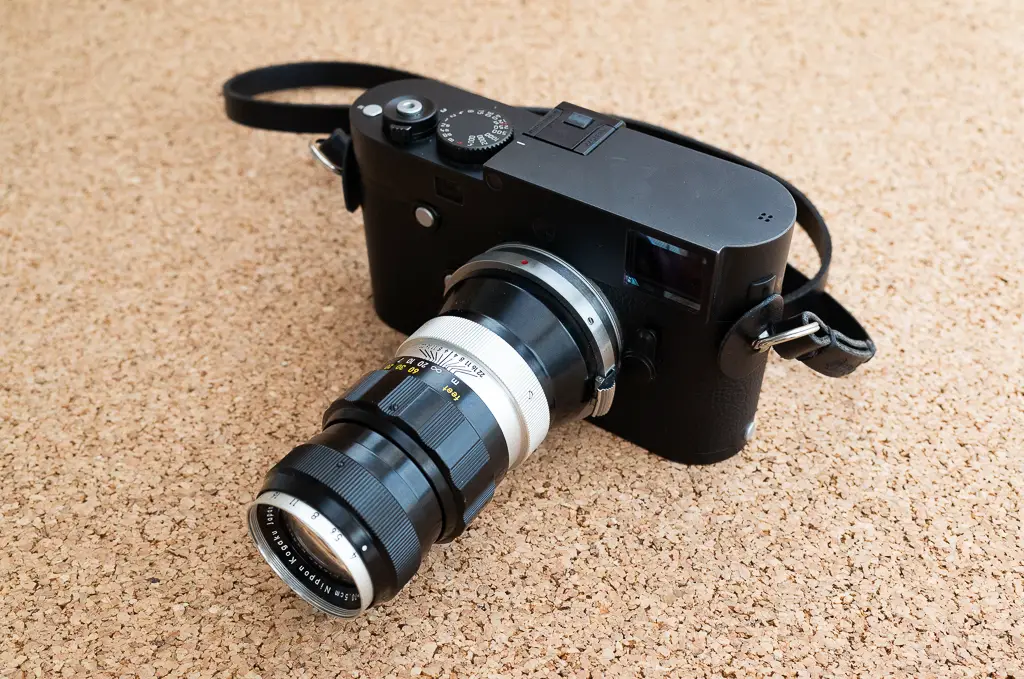
Anyone writing about the Nikkor-T 10.5cm f/4 marvels at what an odd business decision it was on Nikon’s part to release this lens. Robert Rotoloni in his book Nikon Rangefinder Camera – An Illustrated History of the Nikon Rangefinder Cameras, Lenses and Accessories writes “It seems that every manufacturer sooner or later makes a lens that strikes one as a little strange, or at least out of the ordinary. […] Why would Nippon Kogaku make such a slow lens at such a late date when optical technology made small maximum apertures unnecessary? Their 105mm f2.5 lens was not only the sharpest medium telephoto they ever designed, but also one of the most popular.” Haruo Sato of NIKKOR – The Thousand and One Nights says it “might have been the first telephoto lens that Nikon designed to target a general consumer as a virtual customer. Nikon’s commitment toward development of a reasonable-priced lens originates in this lens.” and it makes sense – the Mountain Nikkor was half the price and half the weight of the stellar but hefty 10.5cm f/2.5. However, because it was released in such a limited run (2,000 vs 22,000) it tends to fetch higher prices these days.
I happened to spot this Nikkor-T 10.5cm f/4 at an auction and soon it was mine. It came in S-mount, I would have preferred LTM but in all likelihood it was never even available in Leica screw mount. First impression – it was surprisingly long (about 9.5cm, almost 10cm if you include the adapter) and surprisingly light at about 250g. Not necessarily poorly built but definitely didn’t feel anywhere near as solid as some of the other Nikkor lenses I have that pack a lot more metal and glass into a smaller package. It comes in a chrome and black satin finish and is made of aluminium. The barrel is slim and widens as you reach the mount. This is where the lens resembles the Mountain Elmar.

The A36 filters fit but cover the aperture numbers which is a bit annoying. You can align f/4 with a screw on the filter and then count the stop clicks but of course this is far from ideal. The hood clips onto the filter thread so you can’t use it with the clamp-on filter, to use both you’ll need one of the illusive 34.5mm Nikon filters. You can of course use the Leitz FIKUS collapsible hood instead. The dedicated hood can clip onto the lens in the reversed position for storage and transport. The Nikkor-T 10.5cm f/4 stays comfortably outside the 90mm frame lines you’re most likely to use with it when focused at infinity, but encroaches into the corner at shorter distances.
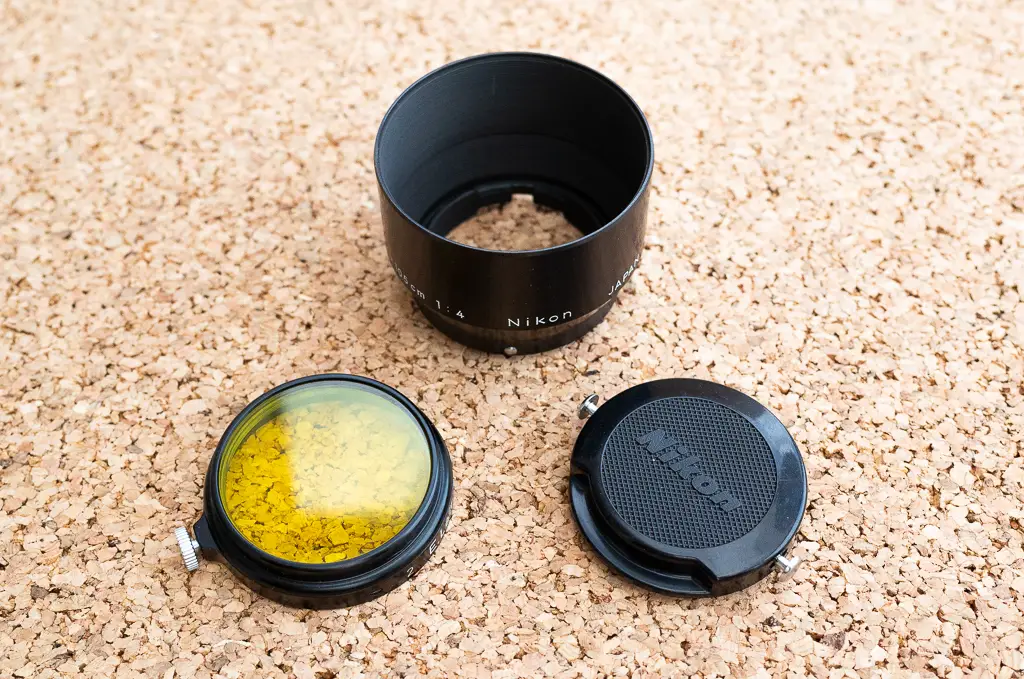
In order to use the s-mount version of this lens on a Leica, you will need an adapter, the best of which are by Amedeo. They seem to only be made for the M mount these days but you might be able to find a second-hand LTM one. They are expensive but exquisite quality, made entirely of chromed brass. They offer rangefinder coupling which proves relatively accurate and reliable (although not quite as reliable as using a lens with a native Leica rangefinder coupling). A small problem with these adapters is they will normally trigger the 50mm framelines.
The image quality is decent for a triplet. The great thing about long lenses is they don’t have to be fast to provide good subject separation and a smooth bokeh, and even a simple construction will grant good results. However, the sharpness very much depends on nailing the focus which, in my experience, is a bit less reliable when using the S to M mount adapter. The only thing that bothered me about the photos this lens produces was the darkened corners. It might have very well been due to the adapter as this would occur when no filter or hood was attached and I never noticed this in the sample photos I found online. This and the less than compact size made me carry on my quest for a pocketable telephoto.
Sample Images
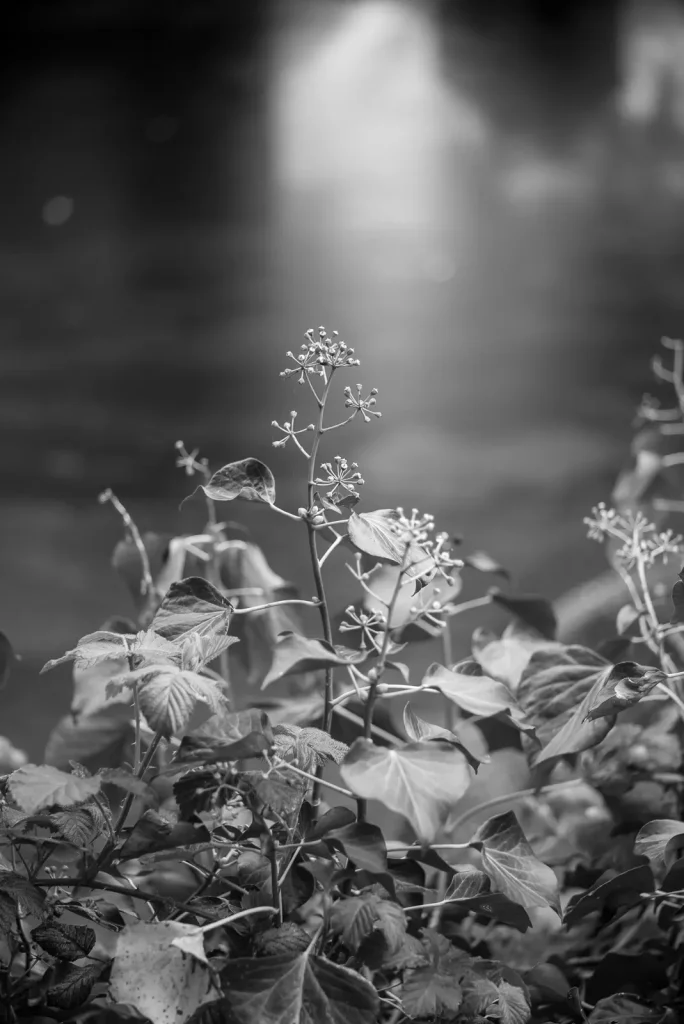
Good image quality wide open for a triplet and fast enough to produce smooth bokeh and good subject separation due to its long focal length
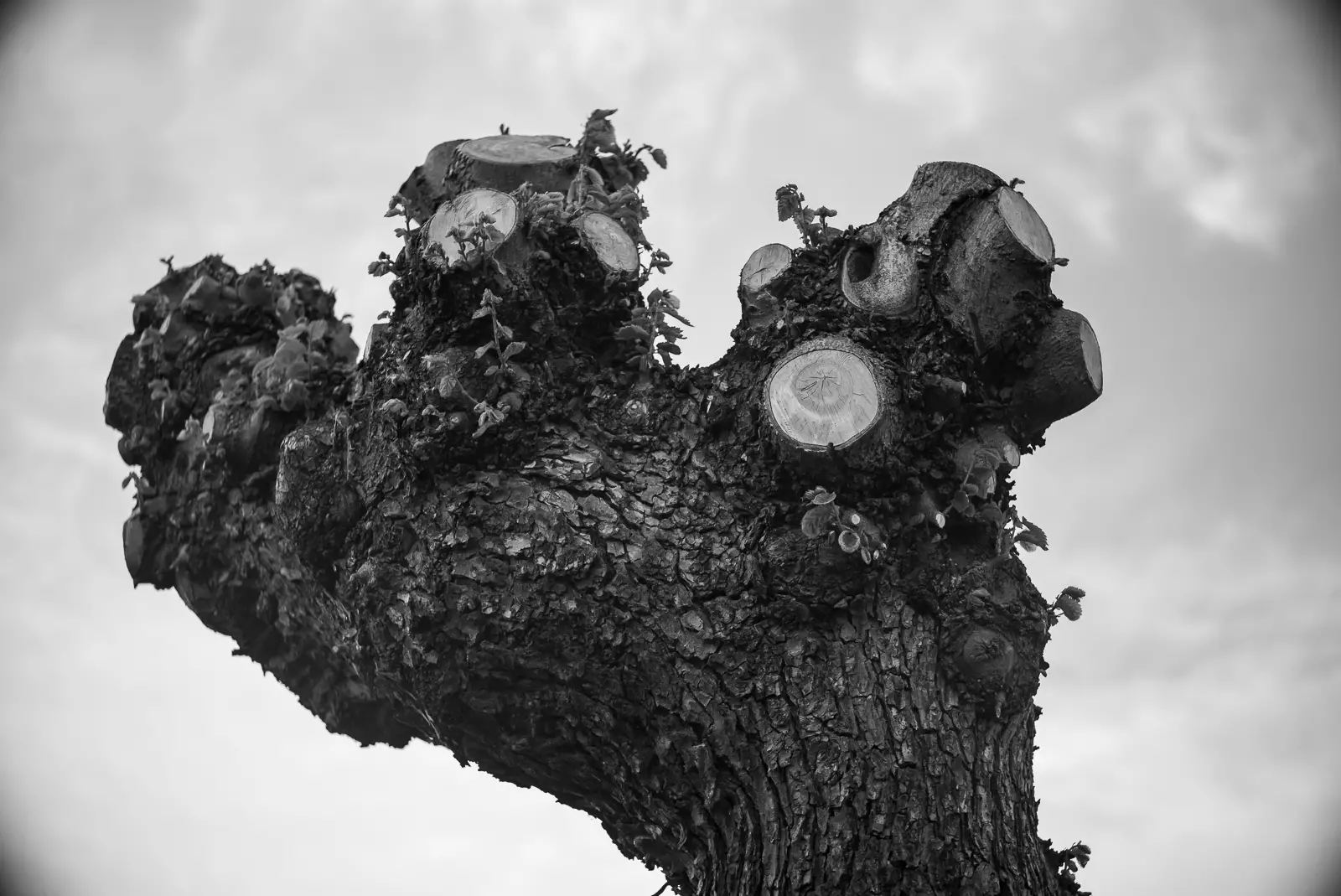
Note the darkened corners
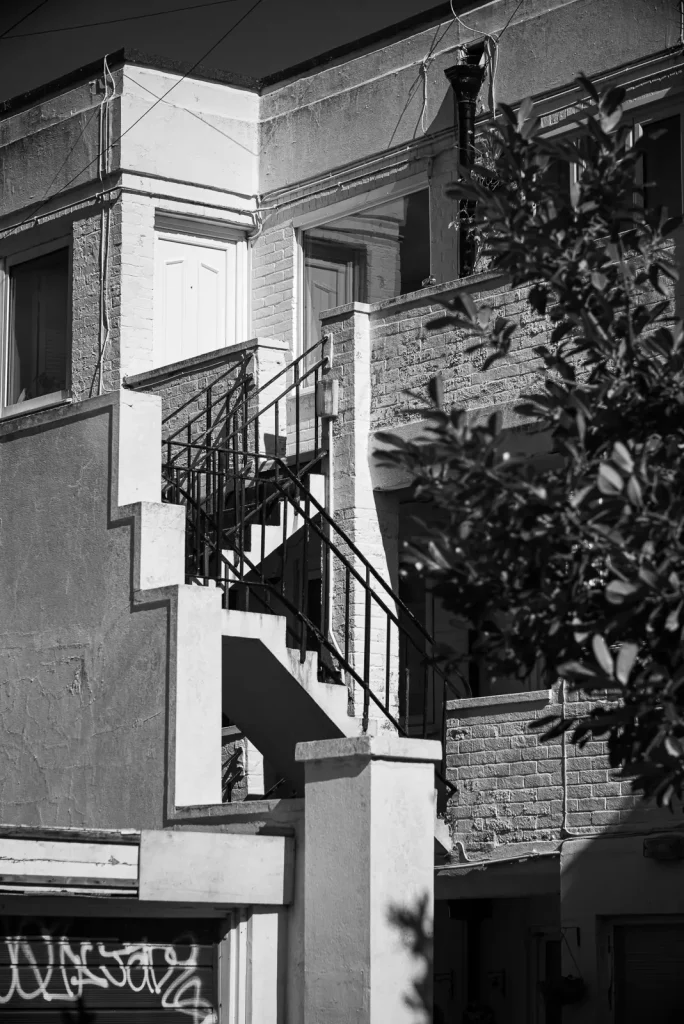
Sharp and excellent contrast when stopped down
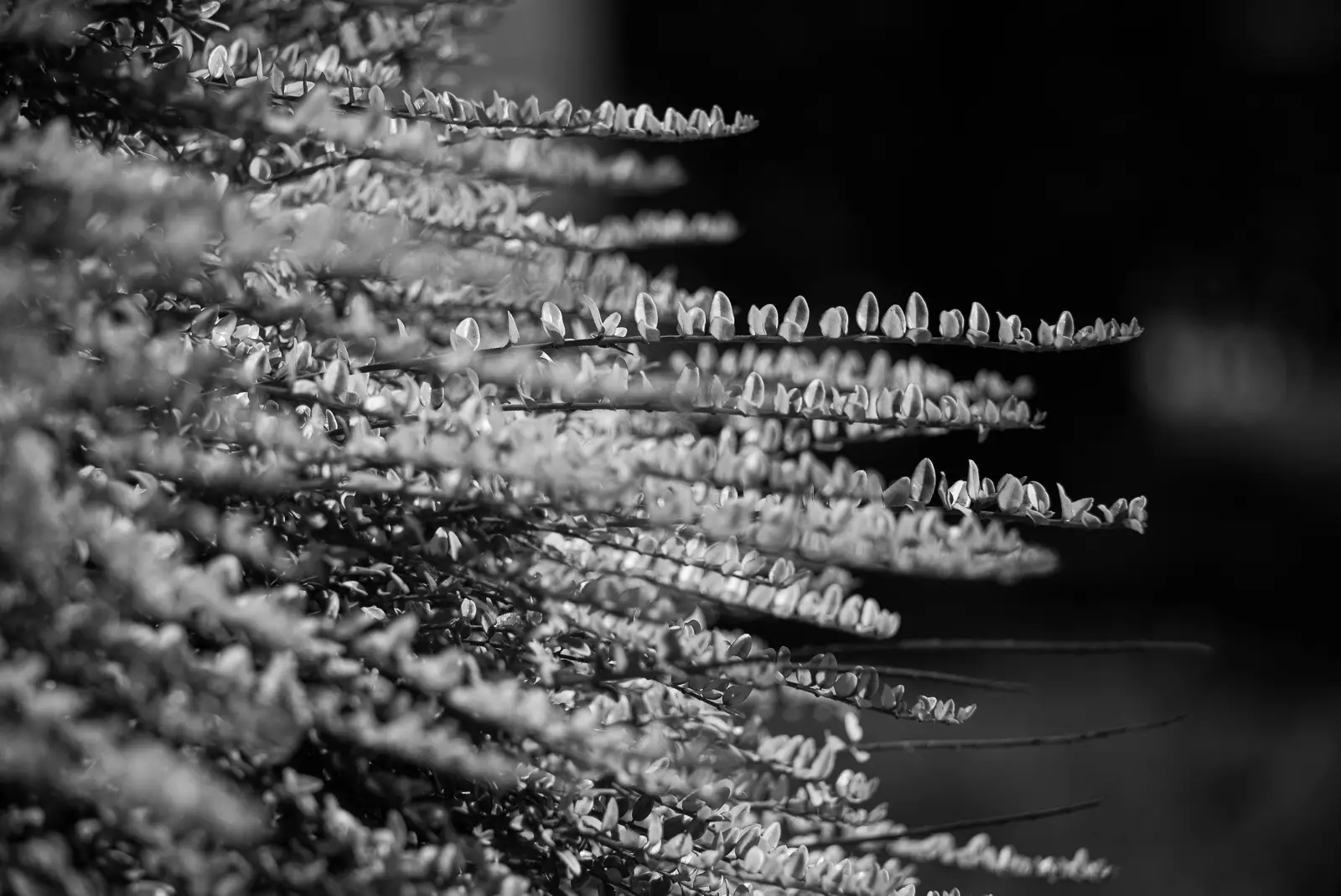
The lens lends itself well to subtle subjects that work with a shallow depth of field
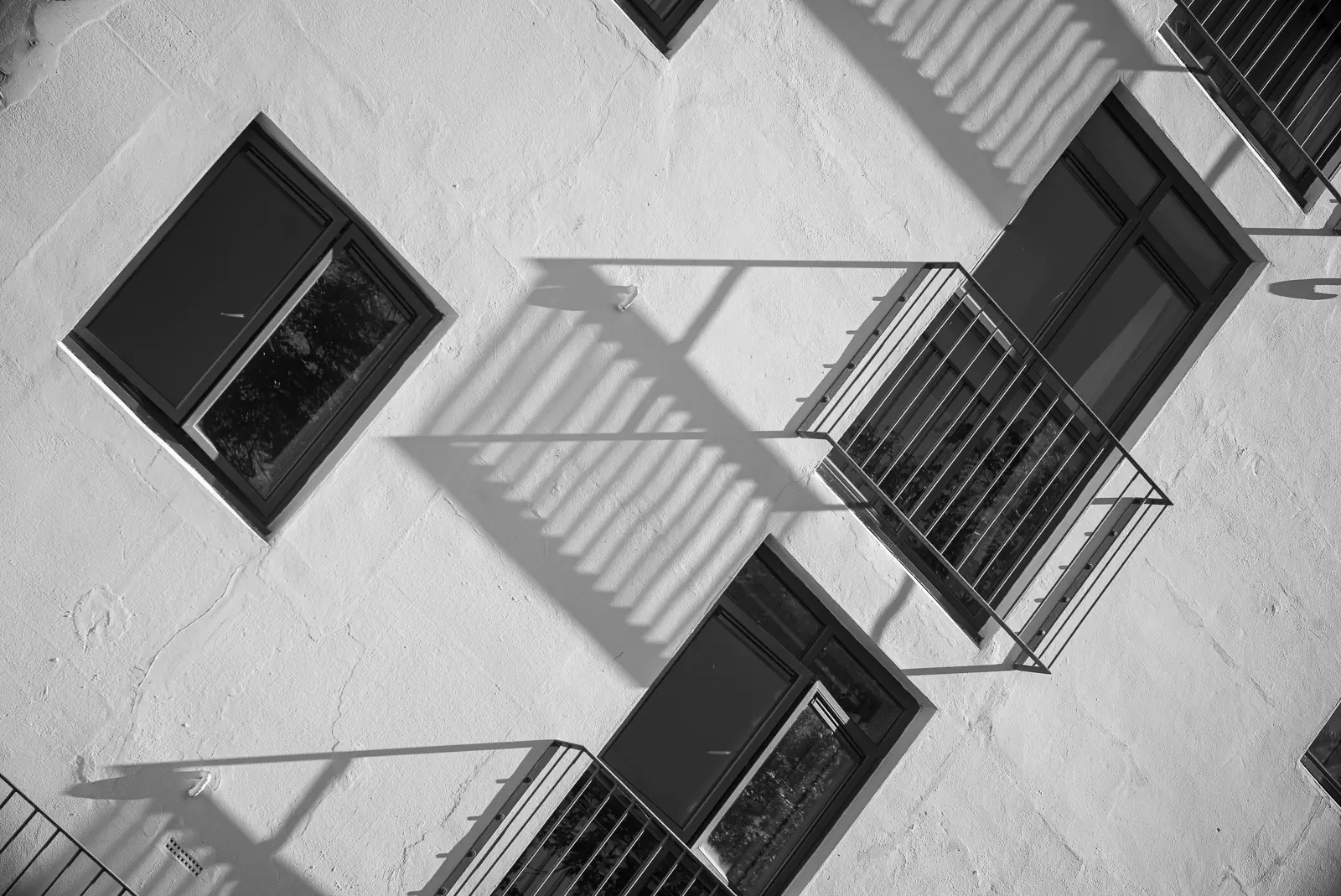
…as well as architectural detail
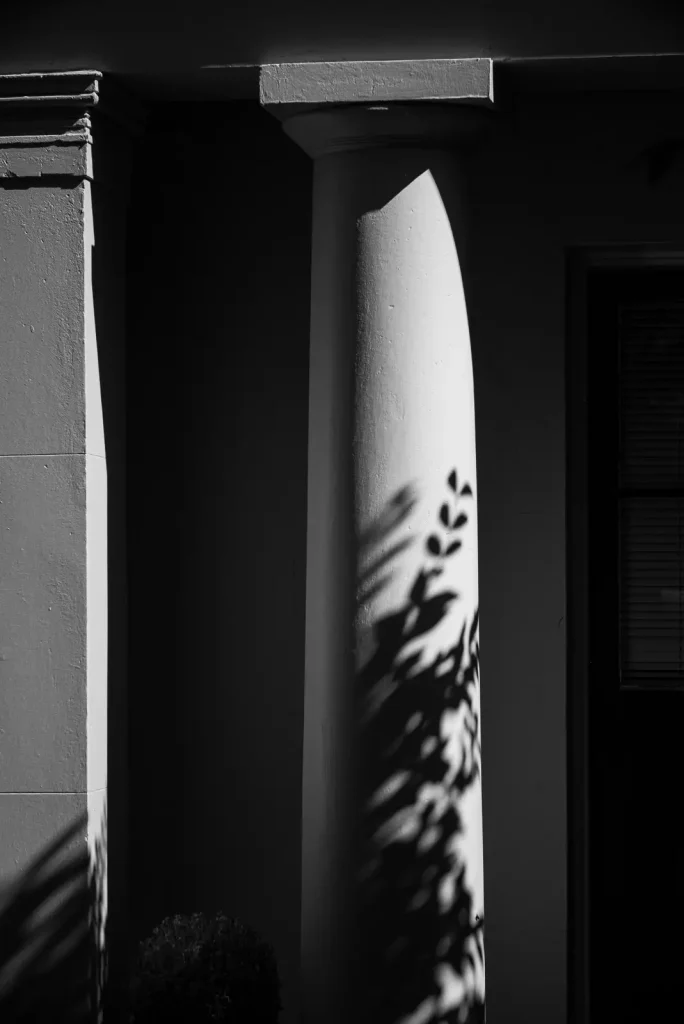
Another example of excellent contrast
Stay tuned for part 2 that features a remarkably small exotic lens that garnered both excellent and poor reviews…
Share this post:
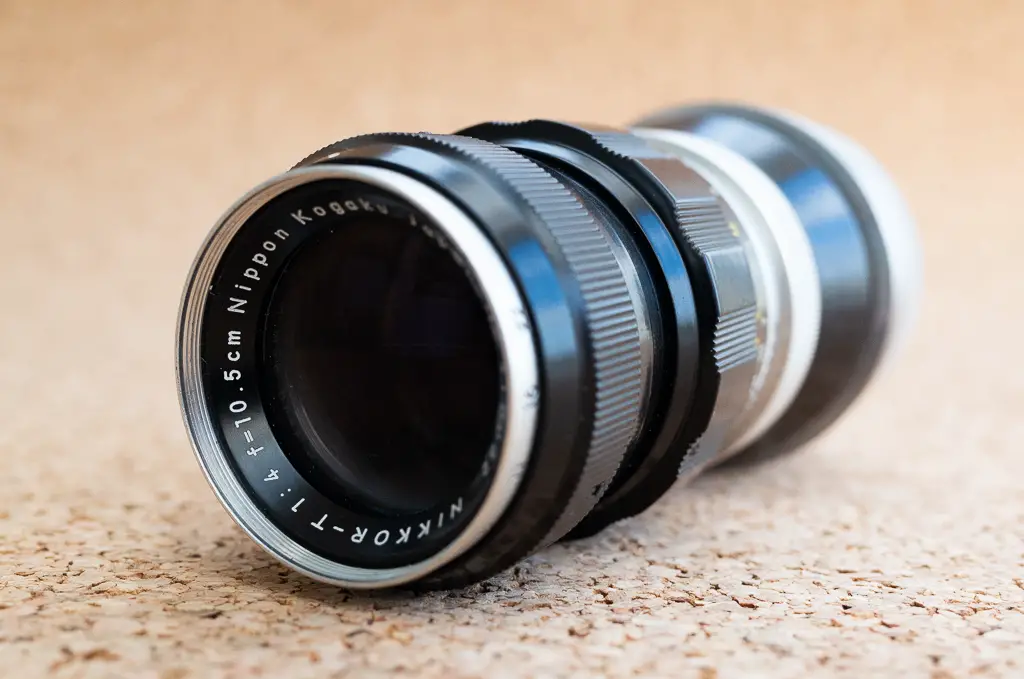








Comments
Sroyon on Nikkor-T 10.5cm f/4 – The Mountain, the Berg, and the Molehill – Pt 1 – By Agata Urbaniak
Comment posted: 24/03/2022
Comment posted: 24/03/2022
Kodachromeguy on Nikkor-T 10.5cm f/4 – The Mountain, the Berg, and the Molehill – Pt 1 – By Agata Urbaniak
Comment posted: 25/03/2022
(My super compact long lens is a 1950s 90mm f/4 Elmar-M lens)